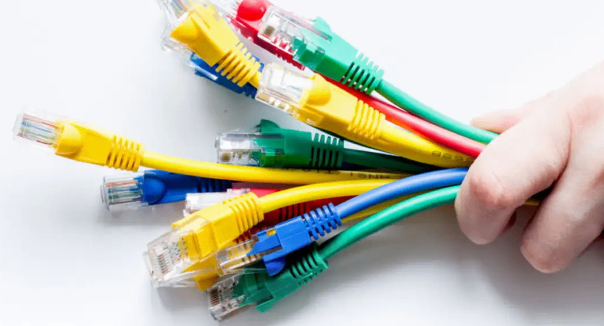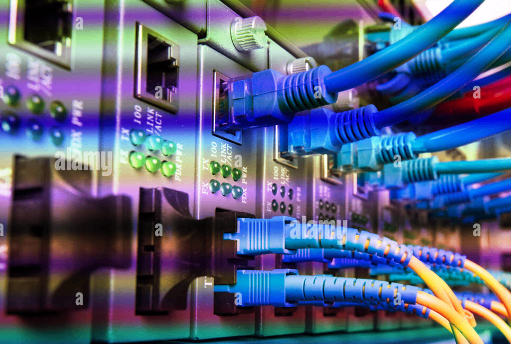Oufu Optical Fiber Cable Co.,Ltd
Address: Shenyang, Liaoning, China
Contact person: Manager Zhang
Phone: 400-964-1314
Mobile phone: +86 13904053308
【whatsapp && wechat】
2024-04-09 1590
The transmission of fiber optic Ethernet cables is influenced by various factors, which can be roughly divided into the following aspects:
Factors of fiber optic itself:
Fiber quality: The quality and manufacturing process of fiber have a decisive impact on signal transmission. High quality optical fibers have low loss of optical signals, long transmission distances, high signal-to-noise ratio, and good stability, while low-quality optical fibers can lead to a decrease in signal quality.

Fiber length: Fiber length can affect the transmission speed and attenuation degree of signals. The longer the transmission distance, the greater the attenuation of the optical signal, and it may be necessary to use techniques such as amplifiers for signal enhancement.
Core diameter: The smaller the core diameter, the greater the difference in refractive index, the greater the dispersion effect, and the slower the signal transmission speed.
Fiber core refractive index: The effect of fiber core refractive index on signal propagation speed is opposite to the wavelength of the light source. The higher the refractive index, the slower the signal propagation speed.
Core material: Different core materials also have an impact on the transmission speed of optical fibers.
Connection and interface factors:
Connection components: including plugs and connectors. If the plug is not tightly connected, has poor contact, or is contaminated, it may cause signal loss and noise interference.
Impedance matching: If the impedance of the light source and receiver does not match, it can cause signal reflection and signal loss.

www.adsscable.cn
Transmission environmental factors:
Temperature and humidity: The speed of fiber optic signal transmission is affected by environmental temperature and humidity. When temperature and humidity change, the physical structure of the optical fiber will also be affected, thereby affecting the signal transmission speed.
Pressure and curvature: If optical fibers are subjected to pressure or curvature, distortion will occur, affecting transmission speed and signal quality.
www.adsscable.cn
Bending angle of fiber core: When the fiber is bent, the refractive index of light will change, resulting in a slower signal transmission speed.
Factors related to optical devices and equipment:
Optical transmitters and receivers: Their failure or aging can lead to the loss or weakening of optical signals.
User network equipment: If the optical signal power that the network equipment can withstand exceeds the allowable power of the optical fiber, it may cause signal loss, dead zone, optical wavelength drift, and noise.

External interference:
Signal interference: If there are other signal sources or interference sources around the fiber optic Ethernet cable, it will interfere with the signal transmission of the cable, thereby affecting the transmission rate.
In summary, the transmission of fiber optic Ethernet cables is influenced by multiple factors, including the fiber itself, the external environment, and the device status. When designing and deploying fiber optic Ethernet cables, it is necessary to comprehensively consider these factors to ensure the stability and performance of network transmission.